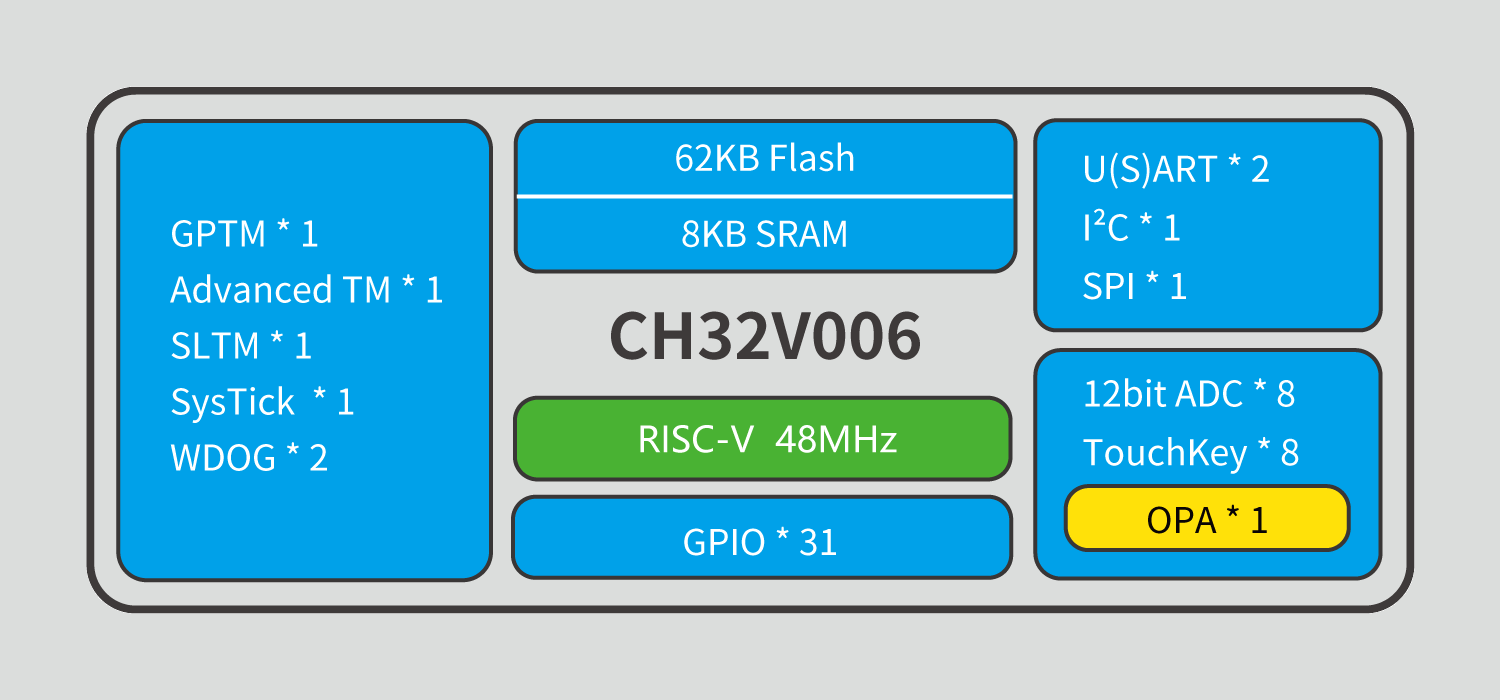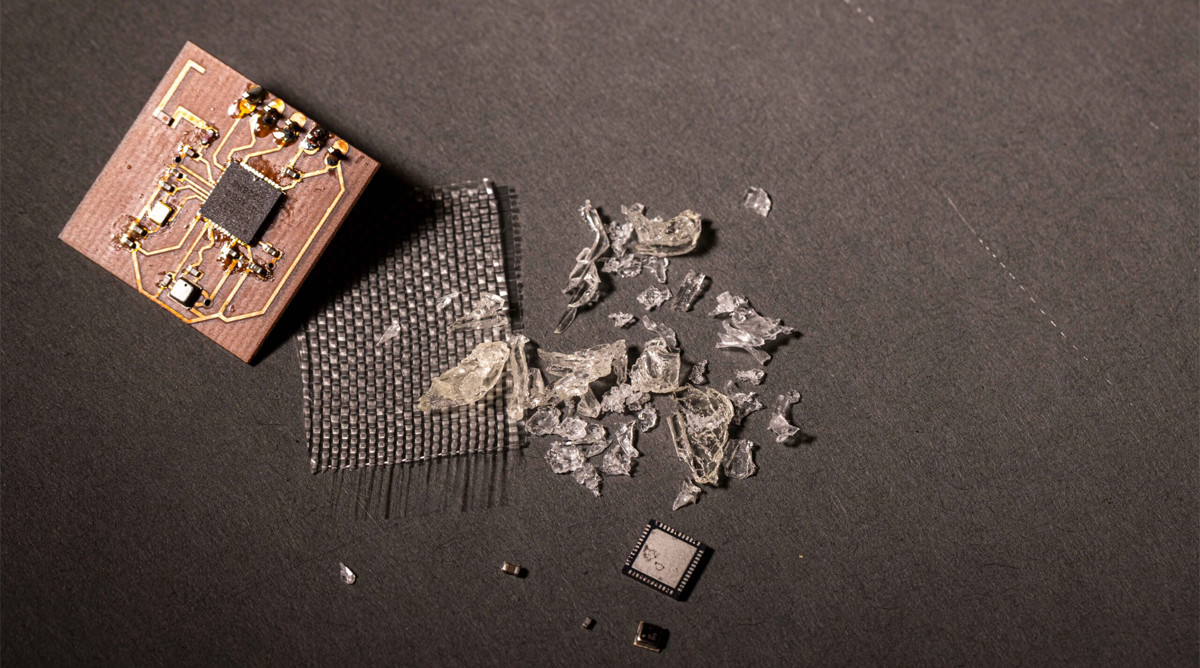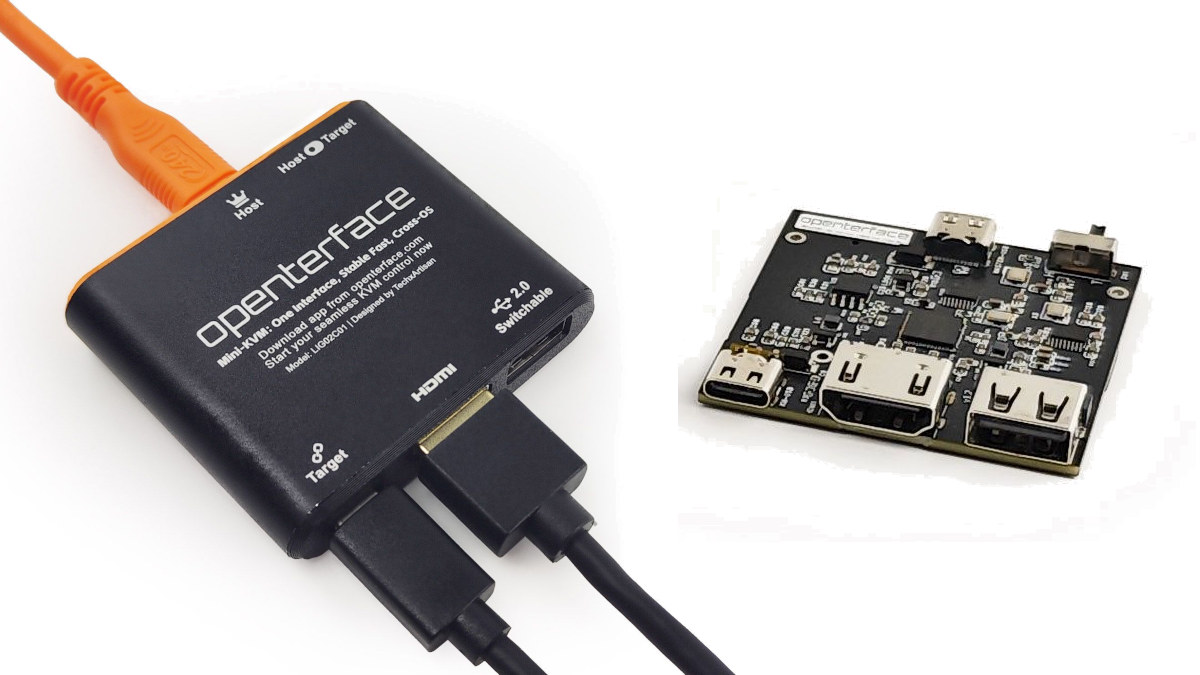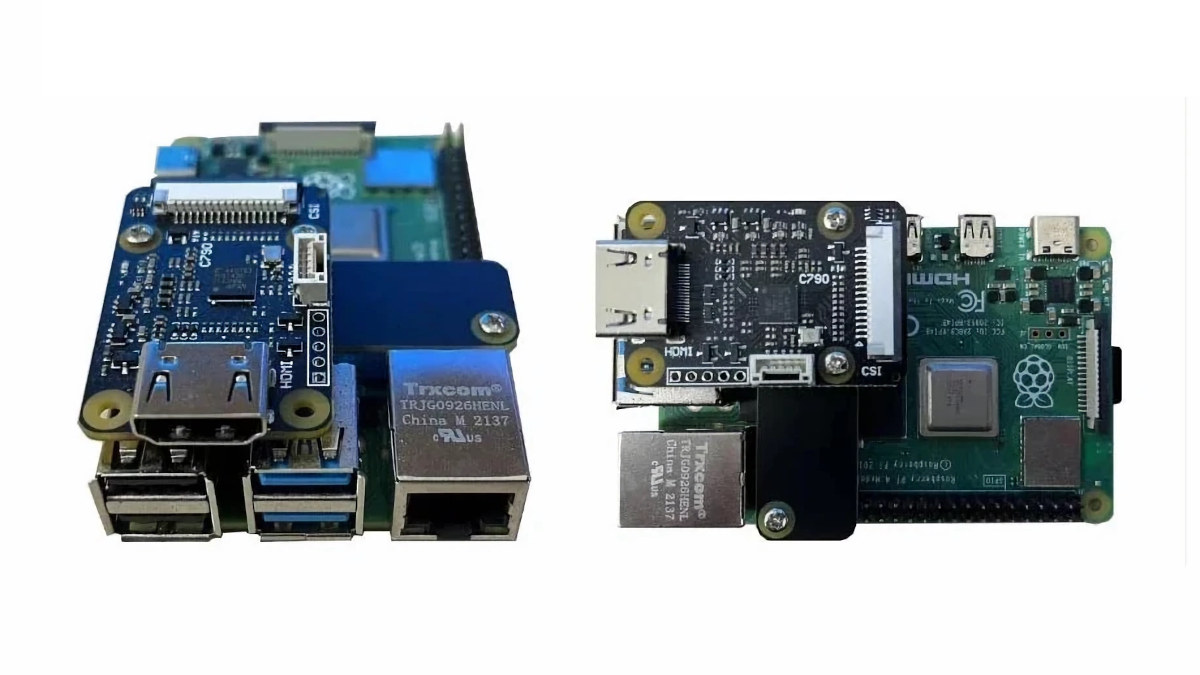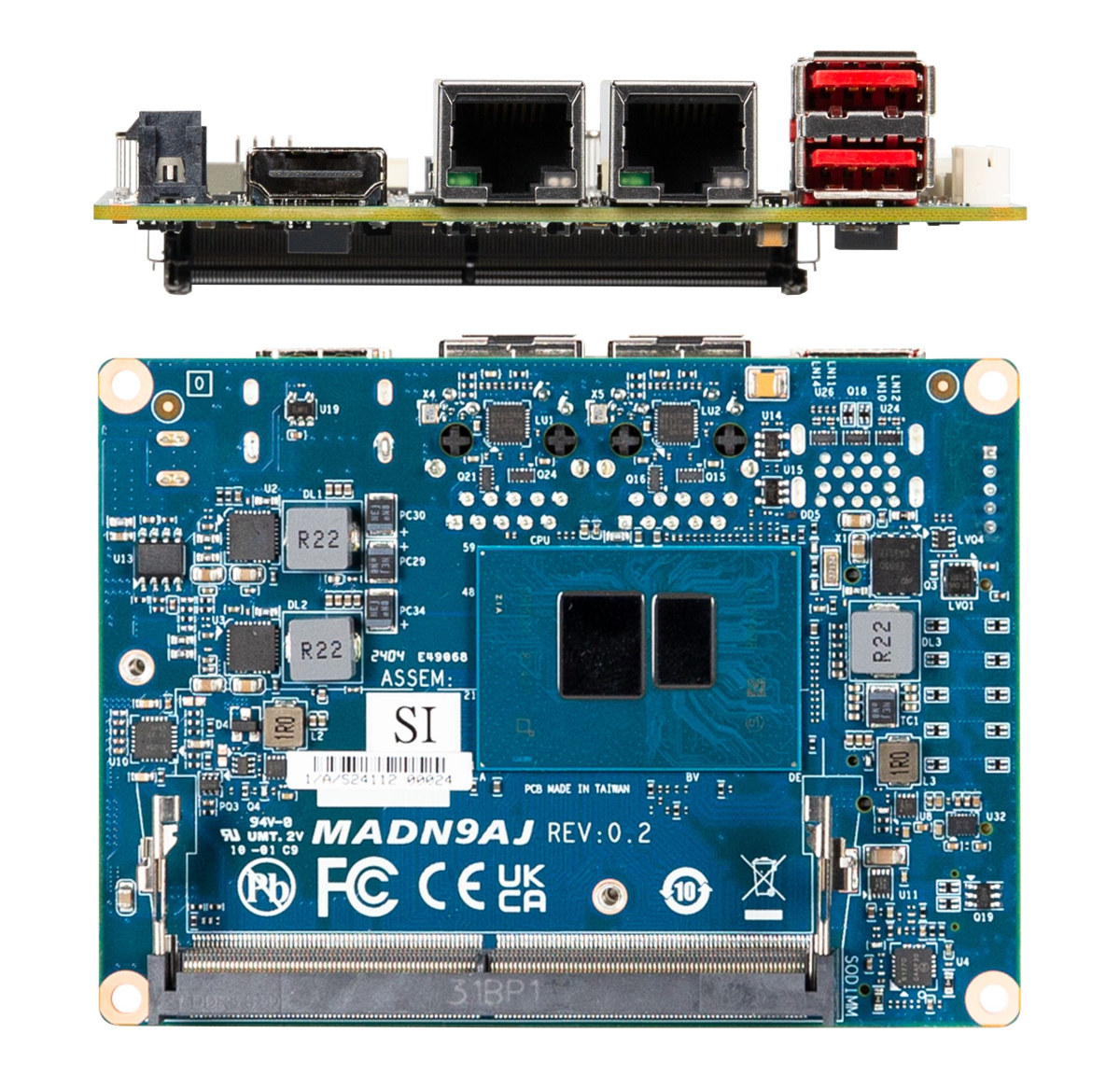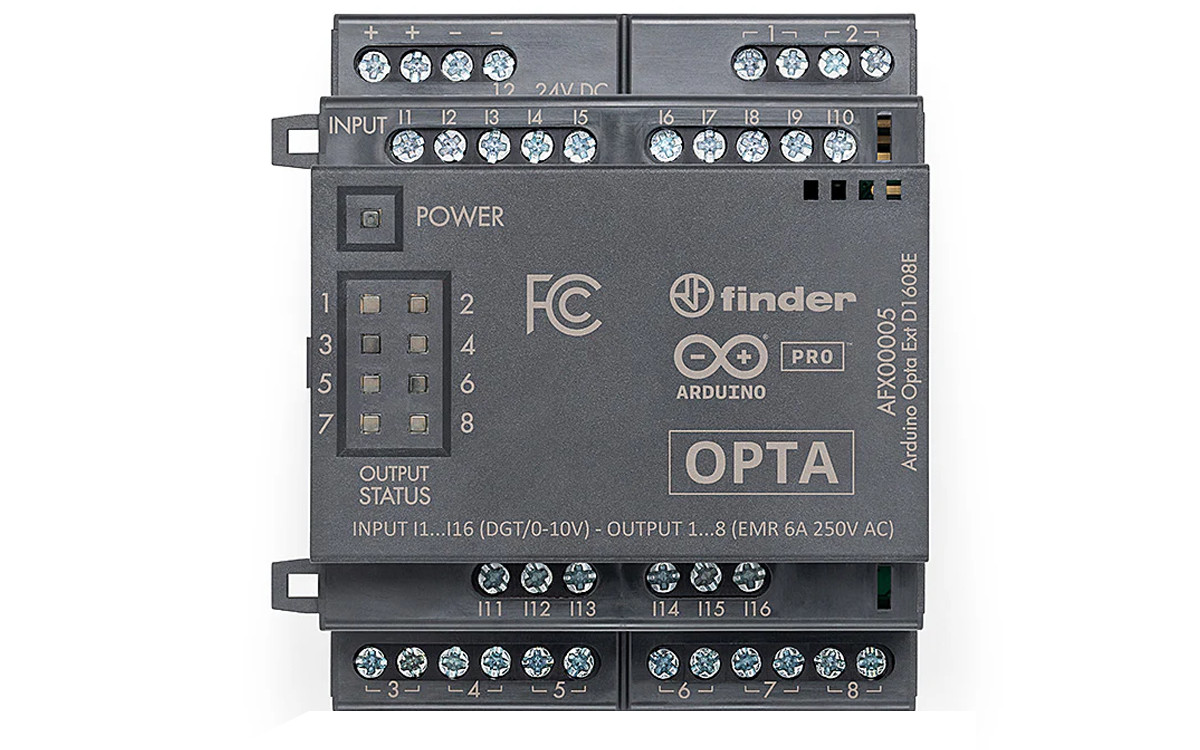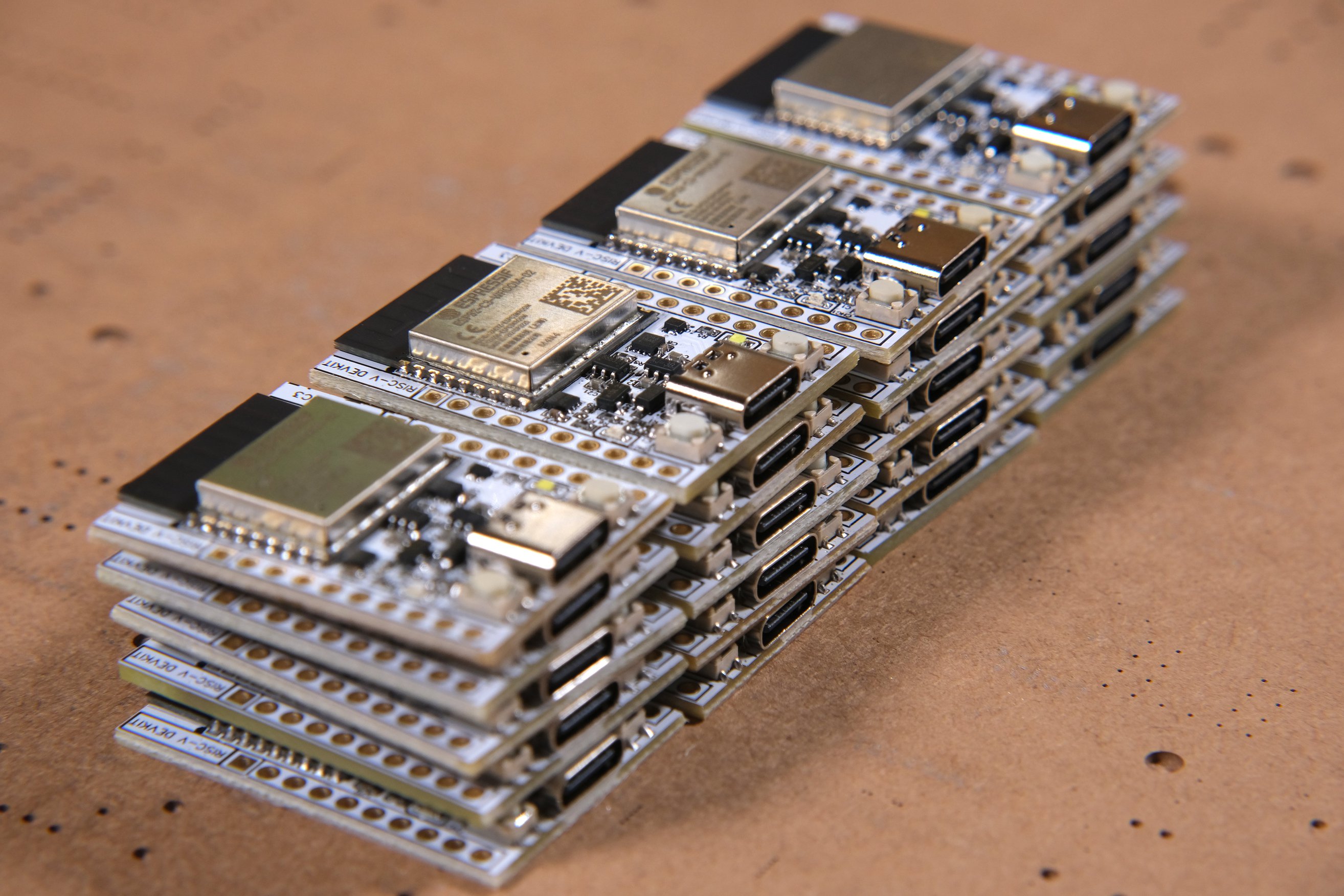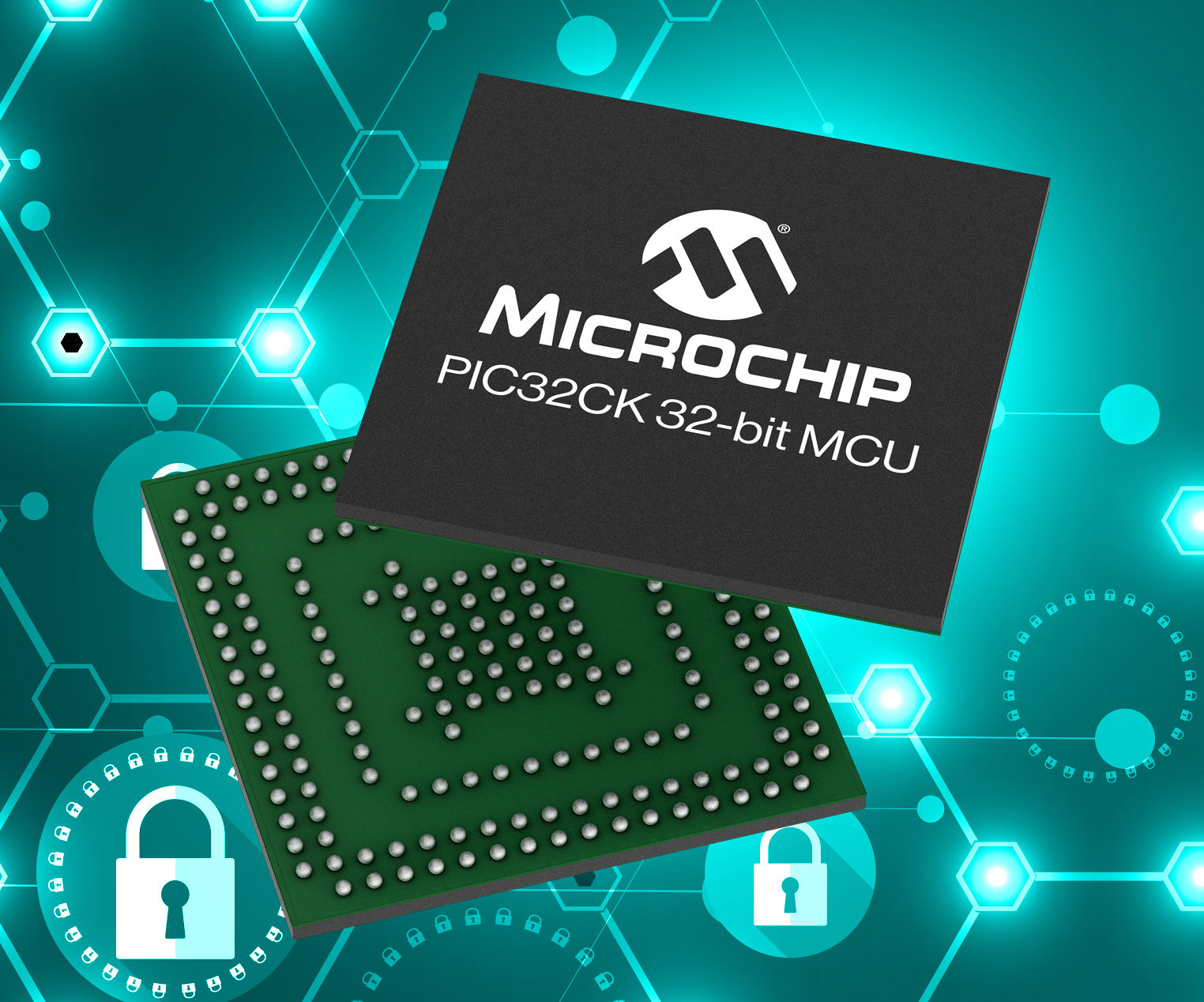WCH CH32V006 RISC-V microcontroller is an upgrade to the 10-cent CH32V003 microcontroller with more I/Os, up to four times the memory, storage, a wider supply voltage range, the addition of a TouchKey interface, as well as a new 32-bit V2C RISC-V core instead of the V2A core found in the CH32V003. More specifically that means we went from the CH32V003 with 2KB SRAM and 8KB flash, up to 8KB SRAM and 62KB for the CH32V006, and 6KB SRAM and 32KB flash for the CH32V005, a smaller sibling of the new RISC-V microcontroller. WCH CH32V005 & CH32V006 specifications (with highlights in bold to show differences against CH32V003): CPU – 32-bit “RISC-V2C” core up to 48 MHz Memory – 6KB SRAM (CH32V005) or 8KB SRAM (CH32V006) Storage – 32KB flash (CH32V005) or 62KB flash (CH32V006) Peripherals Up to 31x GPIO with interrupt support (CH32V003 had up to 18x GPIO) 2x USART interfaces […]
Recyclable PCB created by the University of Washington is made from Vitrimers
Ludwik Leibler a Polish-born French physicist and his team from the Laboratoire Matière Molle et Chimie at ESPCI ParisTech created a new class of plastics known as “vitrimers” and material researchers at the University of Washington (UW) have leveraged the new plastics to develop a recyclable PCB (printed circuit board) known as “Vitrimers PCB” (vPCB) that can be recycled many times over. The team tested their vPCB for strength and electrical properties and found that they are very similar to standard FR-4 PCB material. This means Vitrimers PCBs could offer a solution to reduce landfill waste and make it easier to recycle leftover copper, maximizing resource recovery. Key Features of Vitrimers-based Recyclable PCBs: Base material – Employs vitrimer epoxy, a type of polymer that can be repeatedly cured and uncured without damage. Environmentally sustainable – Designed to reduce e-waste and offer a more circular lifecycle for electronics. Performance – Electrical […]
Openterface Mini-KVM is an affordable KVM-over-USB device (Crowdfunding)
Openterface Mini-KVM compact, open-source hardware KVM-over-USB device with HDMI and audio inputs which connects over a USB-C port to the host computer. We’ve seen quite a few low-cost KVM-over-IP solutions based on single board computers over the years, but the Openterface Mini-KVM is quite different (and cheaper) as a plug-and-play and network-independent KVM-over-USB device that establishes a direct HDMI and USB connection between the host computer and the target device. It supports many of the same features as KVM-over-IP solutions except for some features such as ATX support found in the PiKVM v4 Plus or the Pi-Cast KVM with an expansion board that allows the target device to be turned off and from the host device. Mini-KVM (model LIG03D01) specifications: Control method – KVM-over-USB Video capture – Up to 1920×1080 @ 30 Hz with under 140ms latency through HDMI or VGA (the latter requires an add-on VGA-to-HDMI cable) Audio capture […]
$23 C790 HDMI to MIPI CSI adapter adds HDMI and audio input to Raspberry Pi SBCs
C790 is an HDMI to MIPI CSI-2 board compatible with Raspberry Pi single board computers featuring a 40-pin GPIO header that adds both HDMI input up to 1080p60 and I2S audio input to the popular Arm SBC. The solution can be useful for IP KVM solutions as we’ve seen with the PiKVM v3 and PiCast portable KVM switch, or to capture video and audio from a camera that outputs HDMI with audio through the board’s MIPI CSI camera interface and I2S input signals on the GPIO header. C790 specifications: Supported SBC’s – Raspberry Pi Zero, 3B, 3B+, 4B, CM3, CM4 with MIPI CSI-2 input port (Note: Raspberry Pi 4 is limited to 1080p50 due to 2-lane MIPI CSI-2, CM4 supports 1080p60) Main chip – Toshiba TC358743XBG HDMI to CSI-2 bridge chip up to 1920×1080, 60 FPS Video and audio input – HDMI port up to 1080p60 Video Output – 2-lane […]
GIGAIPC PICO-N97A is a Pico-ITX SBC powered by an Intel Processor N97 CPU
GIGAIPC PICO-N97A Pico-ITX SBC features an Intel Processor N97 quad-core Alder Lake-N processor coupled with up to 16GB DDR5 SO-DIMM memory and M.2 SATA or NVMe storage designed for passively cooled and enclosed systems for Industry 4.0 applications in the smart cities, retail, and healthcare sectors. The single board computer supports up to two independent displays via HDMI and LVDS interfaces. It also provides dual Gigabit Ethernet, two USB 3.1 ports, an additional M.2 Key-B socket for wireless, and various headers for RS232/RS422/RS485, GPIO, USB 2.0, and more. GIGAIPC PICO-N97A specifications: SoC – Intel Processor N97 CPU – Alder Lake-N quad-core/quad-thread processor @ up to 3.6 GHz Cache – 6MB cache GPU – 24 EU Intel UHD graphics @ up to 1.20 GHz TDP: 12W System Memory – Up to 16GB DDR5-4800 via a single SO-DIMM socket Storage – SATA or NVMe SSD via M.2 M-Key socket (See expansion) Video […]
Arduino Pro Opta D1608E/D1608S expansions feature electromechanical or solid-state relays, 16 I/Os
Arduino has recently announced two new expansions to their Arduino Pro Opta PLC series – the Arduino Pro Opta Ext D1608E and Arduino Pro Opta Ext D1608S, the main difference between the two is that the D1608E features 8 electromechanical relays (EMRs) whereas the D1608S features solid-state relays (SSRs). Other than that both expansion modules have 16x programmable I/Os (0-24 V digital / 0-24 V analog) which doubles the number of I/Os we have seen on the Opta micro PLC. Both are compatible with the Arduino IDE and the PLC IDE and are easy to install on a DIN rail. These features make it suitable for control, monitoring, and predictive maintenance applications. Previously we have seen Arduino launch a PLC Starter Kit for those who want to get started with PLCs. Additionally, we have written about ESP32-powered PLCs, Raspberry Pi-powered PLCs, and more. Feel free to check those out if you […]
NanoCell V2.1 battery-powered ESP32-C3 IoT board runs ESPHome for Home Assistant integration
The NanoCell V2.1 is a development board built around the Espressif ESP32-C3 SoC (system-on-a-chip) preloaded with ESPHome firmware for low-power applications and improved Lithium battery management. The development board is a white printed circuit board with gold-plated contacts and a battery fuel-gauge IC, designed by Frapais’ lab in Greece. As the name suggests, the NanoCell V2.1 is the latest in a series of iterations of ESP32-C3-based devices targeted at low-power applications. Compared to earlier versions, it offers a better user experience and improved power efficiency. It features a buck-boost converter that reduces standby current consumption to 66uA (excluding the current consumed by the ESP32 module). The battery management system (BMS) integrated circuit supports accurate capacity measurement and protects connected Lithium batteries from overcharging and other harmful scenarios. Also, two LEDs on the board serve as power and charging indicators to relay the board’s status. It is based on the same […]
Microchip PIC32CK 32-bit Arm Cortex-M33 MCU combines Hardware Security Module with Arm TrustZone for IoT cybersecurity compliance
Microchip PIC32CK is a new family of 32-bit Arm Cortex-M33 microcontrollers clocked up to 120 MHz with Arm Trustzone and an optional integrated Hardware Security Module (HSM) that can help companies meet the cybersecurity requirements for consumer IoT devices and critical infrastructure mandated in the US, Europe, and other countries. Two sub-families are available with the PIC32CK GC and PICK32CK SG with the latter integrating the HSM, and the company claims it is the first 32-bit device on the market that combines an HSM with TrustZone technology for optional security. The PIC32CK is also said to support ISO 26262 functional safety and ISO/SAE 21434 cybersecurity standards. Microchip PIC32CK specifications: MCU core – Arm Cortex-M33 clocked at up to 120 MHz with 4KB combined instruction and data cache, TrustZone security Memory and Storage 128KB, 256KB, or 512KB SRAM 512KB, 1MB, or 2MB flash 128KB boot flash memory 64KB of configuration flash […]


